Overview
 The purpose of this guideline document is to provide educators, parents, guardians, surrogates and mental health professionals in Connecticut with recommended practices concerning eligibility determination, assessment and program services for students with emotional disability (ED). As described in these guidelines, students with ED exhibit atypical behavior and emotions that are persistent, generalized and extended over time and situations. This atypical behavior and emotional expression adversely affect their educational performance and are significantly outside the norm of their age-level peers. Although many students may at times exhibit disturbing school behavior that appears consonant with the definition of ED, they are not necessarily eligible for special education services. The absence of key distinguishing features, such as "pervasiveness" will preclude some students from meeting the criteria for ED. These considerations and other features will be described and clarified within this document.
The purpose of this guideline document is to provide educators, parents, guardians, surrogates and mental health professionals in Connecticut with recommended practices concerning eligibility determination, assessment and program services for students with emotional disability (ED). As described in these guidelines, students with ED exhibit atypical behavior and emotions that are persistent, generalized and extended over time and situations. This atypical behavior and emotional expression adversely affect their educational performance and are significantly outside the norm of their age-level peers. Although many students may at times exhibit disturbing school behavior that appears consonant with the definition of ED, they are not necessarily eligible for special education services. The absence of key distinguishing features, such as "pervasiveness" will preclude some students from meeting the criteria for ED. These considerations and other features will be described and clarified within this document.
This guideline document is arranged in five major sections: (1) Best Practices in Prevention and Intervention; (2) Definition and Interpretation; (3) Assessment and Eligibility; (4) Key Elements for Effective Individualized Program Services; (5) Tools to Assist Planning and Placement Teams (PPTs); and an additional resource Empirically Supported Prevention and Intervention Strategies.
Section 1, Best Practices in Prevention and Intervention, addresses early intervening services within the SRBI framework and provides a broad outline of a comprehensive system of social emotional learning and behavioral supports for students experiencing social, emotional and or behavioral difficulties. Additionally, positive behavioral support strategies and considerations related to preschool age children are discussed.
 Section 2, Definition and Interpretation, presents Connecticut's definition of ED and provides guidelines for appropriate application of the definition criteria to determine eligibility for special education and related services. In addition, special considerations that require attention and deliberation by the team are addressed.
Section 2, Definition and Interpretation, presents Connecticut's definition of ED and provides guidelines for appropriate application of the definition criteria to determine eligibility for special education and related services. In addition, special considerations that require attention and deliberation by the team are addressed.
Section 3, Assessment and Eligibility, focuses on best practices in an assessment process that conform with the ED definition, the development of an Individualized Education Program (IEP) following a comprehensive evaluation process, and appropriate assessment techniques to monitor student performance to determine the need for modifications that address the student's changing needs. Each subtopic is designed to support appropriate assessment practices and eligibility determinations. Additionally, practices to address disproportionality are discussed.
Section 4, Key Elements for Effective Programs and Services, describes components of school-based programs that help students with ED achieve academic success, foster self-esteem, promote appropriate behavior, encourage successful emotional functioning and cultivate positive interpersonal relationships. This section provides recommended guidelines that ensure quality professional practices. The guiding statements focus on a renewal of commitment to appropriate program development required to meet the challenges that are presented by students with ED.
Section 5, Tools to Assist Planning and Placement Teams (PPTs), provides guidance and information (worksheets, etc.) to support early intervening strategies for students and assist PPTs in their mission from the process of determining eligibility to the development of appropriate behavior interventions and specialized instruction for students identified as ED. Copies of the current state and federal regulations affecting students with ED are also included for reference.
Another resource is provided in section 6, Empirically Supported Prevention and Intervention Strategies. This section is intended to provide the structural essentials of a comprehensive, systemic design for implementing proactive interventions and supports. Examples of interventions that could be implemented using a school's existing resources are outlined within the SRBI framework.


